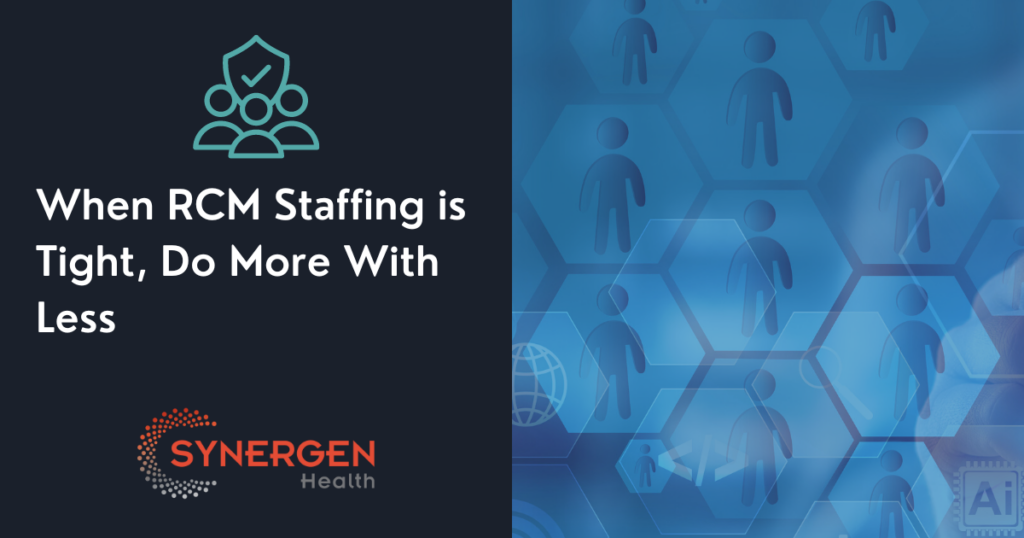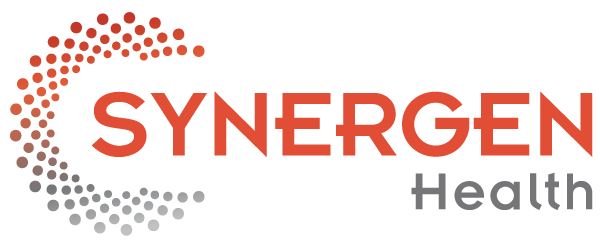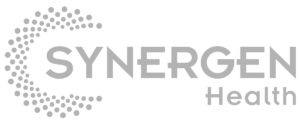 The “Great Resignation” or “Great Reshuffle” has hit the American workforce hard, and no industry has faced challenges like the health care industry. Healthcare staff and physicians alike have felt overly burdened for years, but the pandemic is the straw that broke the camel’s back. Many workers flooded out of the industry, searching for new beginnings that required less mental and physical stress. CFOs have faced financial fires due to staffing woes for nearly three years, as high turnover rates cause a decrease in productivity and an increase in aged receivables. Although June showed earnest hope for employment in the health care sector, with 56,700 workers joining the industry, the pandemic’s indelible influence continues forcing revenue cycle leaders to do more with less.
The “Great Resignation” or “Great Reshuffle” has hit the American workforce hard, and no industry has faced challenges like the health care industry. Healthcare staff and physicians alike have felt overly burdened for years, but the pandemic is the straw that broke the camel’s back. Many workers flooded out of the industry, searching for new beginnings that required less mental and physical stress. CFOs have faced financial fires due to staffing woes for nearly three years, as high turnover rates cause a decrease in productivity and an increase in aged receivables. Although June showed earnest hope for employment in the health care sector, with 56,700 workers joining the industry, the pandemic’s indelible influence continues forcing revenue cycle leaders to do more with less.
Revenue cycle management continues to be in high demand for experienced staff. It hasn’t become any easier with the departure of many healthcare workers following the pandemic. The billing and reimbursement landscape in health care grows in complexity year after year as payer, and patient liability trends fluctuate with more regulations based on the state of the economy. Organizations are now entering a critical decision mode: How to do More with Less? Either add more resources or automate key processes. Revenue cycle leaders pairing advanced technology with newly developed best practices to empower operational teams will streamline workflows and cut down on manual labor. Leaders should consider investing in a long-term revenue cycle strategy and the tools to create a resilient staffing model with a hybrid digital workforce.
In automating the revenue cycle process, your staff can focus on more qualitative tasks while machine learning and robotic process automation perform repetitive, manual tasks.
Here are just two examples where the revenue cycle process can benefit from automation:
- Denials Management: To improve denial avoidance, machine learning models can process a large volume of claims to quickly identify complex denial patterns while automatically determining the quick fix required – improving efficiency while reducing aged receivables.
- Automated Claims: automating the claims submission process avoids manual errors and increases the time to cash.
Organizations need to understand where they have breakdowns and where there are opportunities to automate manual processes across the revenue cycle process. Choosing an automation partner who can offer the right level of automation is critical. Automating broken processes will not drive increased efficiencies in the long run
New staffing models are required as the healthcare industry looks to survive and thrive over the next several years. Investing in a hybrid digital workforce is a great start. Prevent employee burnout and keep up with shifts in patient volumes by giving your staff the automation tools they need to meet the changing needs of the organization.
Contact us to learn more about how SYNERGEN Health can reduce the impact of the “Great Resignation” while doing more with less, https://www.synergenhealth.com/contact.

